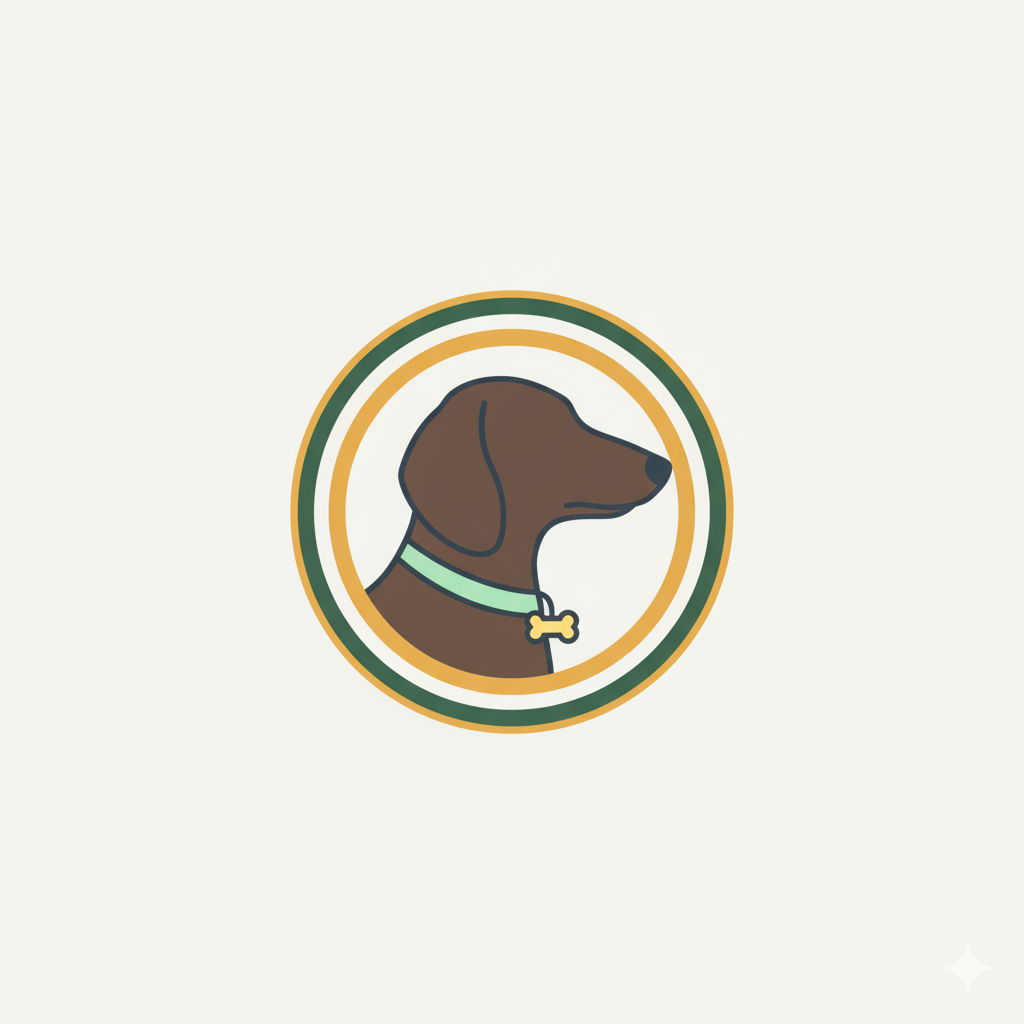Physical Traits That Define Cat Breeds
When exploring cat breed physical characteristics, coat types play a significant role. Cats can have short, long, curly, or even hairless coats, each giving a distinct look and texture. For instance, the sleek, short coat of a Siamese contrasts sharply with the plush, long fur of a Persian. Curly coats, like those of the Devon Rex, add uniqueness, while hairless breeds such as the Sphynx stand apart with their bare skin.
Size and body structure also vary widely among cat breeds. Some breeds exhibit a slender, lithe frame, suited for agility, whereas others are more robust and muscular. These size differences often influence not only their visual appeal but also their movement and personality.
Also to discover : Curious About the Evolution of Cats in UK?
Distinctive color patterns and markings further highlight breed identity. Cats may display classic tabby stripes, spotted patterns, or solid colors, with some breeds featuring unique markings like points or tuxedo patterns. Understanding these cat breed appearance details helps lovers appreciate and identify breeds more accurately.
Behavioral and Personality Differences Between Cat Breeds
Behavioral and personality differences between cat breeds are significant and can influence your choice when adopting a feline companion. Understanding cat breed temperament helps in predicting how a cat may interact with people and other pets.
In parallel : How Can Cats Be Trained to Exhibit New Behaviors?
Breed behavioral differences often manifest in activity levels and social tendencies. For example, Siamese cats are known for their high energy and vocal nature, displaying playful and affectionate personality traits. In contrast, Persian cats typically exhibit a calmer demeanor, preferring a relaxed and less active lifestyle. Such breed behavioral differences also affect how cats respond to changes in their environment; more adaptable breeds like the Ragdoll tend to embrace new situations with ease, while others may become stressed.
Cat personality traits extend to social preferences as well. Some breeds prefer constant companionship and thrive on interaction, while others enjoy moments of independence. Recognizing these breed-specific social tendencies ensures a better match for your household dynamics.
Considering these behavioral nuances will help you find a cat breed that fits your lifestyle, enhancing the bond between owner and pet through informed understanding.
Popular and Lesser-Known Breeds: Key Distinguishing Features
Understanding the differences between popular cat breeds and rare cat breeds helps you appreciate feline diversity. Among the popular breeds, the Siamese is known for its slender body, striking blue almond-shaped eyes, and vocal personality. The Maine Coon, by contrast, is large, fluffy, with tufted ears and a bushy tail, famed for its gentle and sociable nature. The Persian stands out with its flat face and long, luxurious coat, typically calm and affectionate. Meanwhile, the Bengal boasts a wild appearance with leopard-like spots and an energetic temperament.
Lesser-known or exotic breeds such as the Kurilian Bobtail or the Sokoke exhibit unique traits that separate them from mainstream cats. The Kurilian Bobtail has a short, pom-pom tail and powerful build, combined with an intelligent but independent personality. The Sokoke displays a distinctively spotted coat and is often shy yet curious.
Visual identification goes beyond coat patterns; it includes body shape, ear size, and even eye color. Behaviorally, some breeds are more vocal or social, while others prefer solitude. This makes recognizing distinguishing breed features both a visual and experiential process, enriching the cat ownership journey.
How to Identify Cat Breeds by Their Unique Characteristics
Identifying cat breeds hinges on recognizing distinctive physical traits that differentiate one breed from another. A practical approach involves using a visual checklist that focuses on key features such as coat pattern, fur length, body shape, and eye color. For example, the Siamese breed shows a slim body with striking blue almond-shaped eyes and contrasting color points on ears, face, paws, and tail. Meanwhile, a Maine Coon is characterized by its large size, tufted ears, and bushy tail.
Genetics and lineage play a crucial role in breed identification. Understanding hereditary traits helps explain why certain breeds have consistent appearances or behavioral tendencies. While physical characteristics guide initial identification, some cats exhibit mixed breed features, making it harder to identify purely by sight.
When doubts arise, consulting comprehensive breed guides or seeking expert advice from veterinarians or certified breeders is recommended. These resources provide in-depth information on breed standards, helping you accurately distinguish breeds even when features overlap or vary. This thorough approach ensures you correctly identify your cat’s breed, promoting better care tailored to their genetic background.
